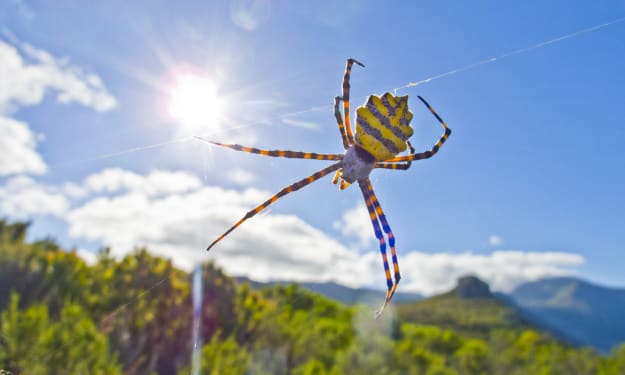Why Royal Inbreeding Doomed Europe
Europe Darkest Periods In History

Inbreeding: the word could conjure up pictures of the ones from the Hollywood movies of villains with the scandalous family history or quite different ones like from high school biology classes when we talked about the human behavior. However, what is really inbreeding and why it has such a reputation of being biologically harmful and even terrifying?Casting oneself back, the history, science and contemporary aspects of inbreeding inhere their deep effect on human genetics and the line of royal bloodlines.
Basically, inbreeding is a mating of individuals from related families, in essence. Either in humans or animals, this practice creates a huge risk of genetic diseases and health complications in the offspring. It has been a case for generations that inbreeding has been referred to as stigmatized and rightly so. Over the time, the Europeans, and specifically their royals, entered into the practice of starting wars with one another and this has resulted in the darkest periods of the European history.
The fundamental problem is related to the shuffling of DNA during reproduction, which is an essential process for the creation of beneficial genetic combinations. A person gains his/her half of a genetic structure from each parent, and genes exist in pairs, which can be either dominant or recessive alleles. Recessive alleles, which would either need the two alleles in a pair to be recessive in order to express the trait, are commonly found in genetic disorders. Inbreeding raises the probability of offspring having two copies of harmful recessive alleles, which in turn, results in a variety of conditions, from cystic fibrosis to congenital heart disease.
The number of inborn mating cases inside European monarchies varied between 10th and 18th centuries, reaching its peak. At first, the kings and queens were reduced by the social norms and politics, and therefore they married each other, but this started a genetic downfall cycle. The Habsburg dynasty of Spain is a most notorious example of the consequences of consanguineous marriages, as generations of such unions led to physical deformities, high infant mortality rates, and eventually, the end of the dynasty.
Inbreeding exerted a lasting effect far away from just physical health and was responsible for poor mental thinking and leadership skills. These kings, from Charles II of Spain to George III of England, whose lineages had been plagued by inbreeding, typically had been unable to escape their compulsive nature and dealt with cognitive impairments/illness, political instability and decline. Although the other factors were also responsible for the success of monarchies, the link between inbreeding and the depressed intelligence of rulers remained the most fascinating aspect of the European history.
Even though the role of monarchies have decreased, the effects of inbreeding do not fade and are rather more subtle in modern social spheres. Research is explaining that approximately 1 person in 3,600 of Europeans born has two biological parents from first or second degree relatives. Furthermore, in several states of the United States, inbreeding is still legal and quite common, for instance, the case of the Fugate family of Kentucky, whose genetic heritage became the subject of international interest.
Inbreeding once represented an essential means of maintaining power and lineage of families. It still shows significant impact on human genetics and history. Europe lost almost all of their monarchies due to inbreeding. Nowadays, genetic disorders are present and thus, emphasis is on the dangers of focusing on bloodline purity. And as we go further into the human reproduction and its complexity, the knowledge of inbreeding is very important to build a healthier and more resilient future for the next generations.
About the Creator
Amine Oubih
🌟Amine Oubih🌟
📝 Writer | 🎨 Creative | 🌍 Explorer
Hello,I am a traveler and writer. Whether It's Real Or Fiction, I always find something interesting to write about, and I use this content to spark the desire to learn more in readers.






Comments
There are no comments for this story
Be the first to respond and start the conversation.